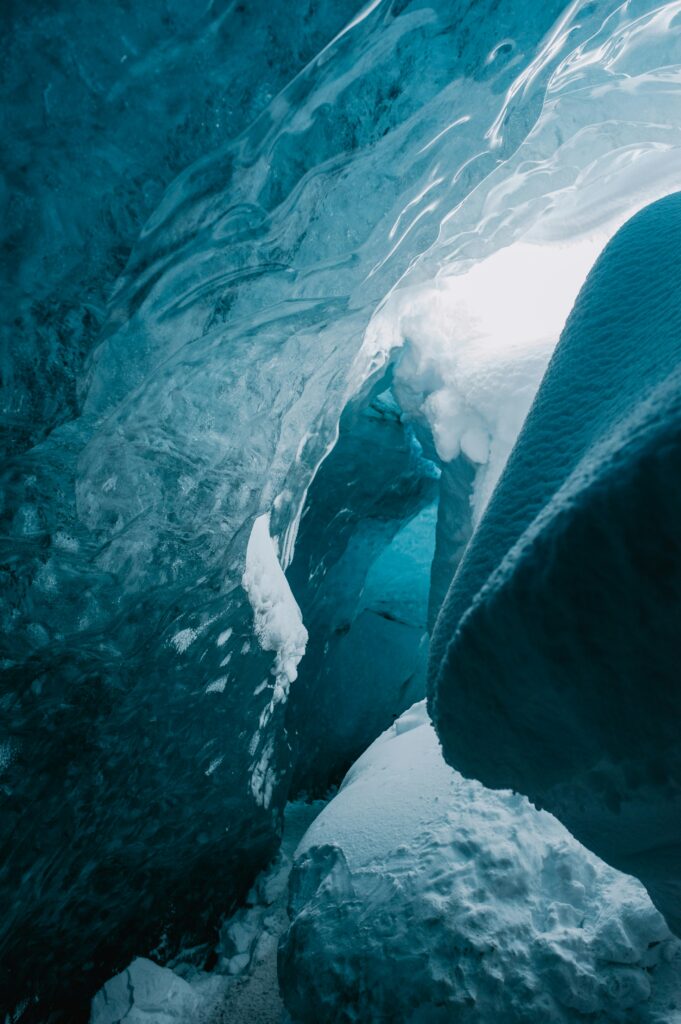A new study published in Nature highlights a stark warning: glaciers across the globe are disappearing at an alarming pace due to climate change. Scientists report that these ice masses have shrunk by more than 5% since 2000, with melting accelerating over the last decade. The research shows that this loss of glacial ice is contributing significantly to rising sea levels, which pose a growing risk to coastal populations worldwide.
A Dismal Trend: Billions of Tonnes of Ice Lost Annually
Since the year 2000, glaciers have lost more than 6,500 billion tonnes of ice, an amount equivalent to 270 billion tonnes each year. Lead author Michael Zemp explained that the volume of ice lost each year is comparable to the global population’s water consumption over the past 30 years.
The cause of this accelerating melt is tied directly to climate change. As greenhouse gas emissions continue to rise, glaciers are melting faster. From 2000 to 2011, glaciers lost an average of 231 billion tonnes of ice per year. However, that figure rose sharply to 314 billion tonnes per year from 2012 to 2023, marking an increase of over a third.
The year 2023 saw glaciers suffer a record loss of approximately 548 billion tonnes of ice, which was higher than in previous years. This represents a concerning and unprecedented pace of melting. According to the study, this rate of glacier mass loss is now 18% greater than that of the Greenland Ice Sheet and more than double that of the Antarctic Ice Sheet.
Regions Most Affected by Glacier Decline
The report also emphasizes the regions where glacier loss has been most significant. The Alps, for instance, have seen the most rapid decline, with nearly 40% of their glacier ice vanishing since 2000. Other areas such as the Middle East, New Zealand, and western North America have also experienced glacier reductions exceeding 20%.
While the loss of ice is occurring on all continents, the Alps are particularly vulnerable. Glaciers there are retreating at an unprecedented pace, a trend that is concerning not only for the natural beauty of the region but also for the many communities that depend on glacial water sources. As glaciers shrink, the water they provide is diminishing, which could affect millions of people who rely on them for drinking water and irrigation.
The Impact on Sea Levels and Coastal Communities
The melting of glaciers has a direct impact on global sea levels. Since 2000, the loss of nearly 7 trillion tonnes of glacial ice has caused sea levels to rise by almost 2 centimeters. This may not seem like a significant amount, but it is the second-largest contributor to rising seas, following the expansion of ocean water as temperatures rise.
Professor Andy Shepherd, from Northumbria University, warns that every centimeter of sea-level rise puts an additional 2 million people at risk of annual flooding. To put this into perspective, since 1992, global sea levels have already risen by more than 10 centimeters. The pace of this rise is expected to accelerate over the coming decades unless substantial efforts are made to address the root cause: global warming.
The consequences of rising sea levels are dire. Coastal cities and low-lying countries are particularly vulnerable to flooding, which threatens not only homes and infrastructure but also entire economies. Small island nations, many of which are already seeing the effects of rising seas, could face displacement of entire populations. This situation calls for urgent action to mitigate the impacts of climate change and prevent further damage.
A Glimmer of Hope: Can We Save the Glaciers?
Despite the dire outlook, the study emphasizes that there is still hope. Even though glaciers will continue to melt due to the emissions that have already been released into the atmosphere, the future extent of glacier loss largely depends on global efforts to slow down global warming.
Professor Zemp notes that if humans can prevent even a fraction of a degree of temperature rise, it could save many glaciers from further retreat. This could have a significant impact on limiting the worst effects of climate change, including rising sea levels and the disruption of ecosystems.
“Every tenth of a degree we prevent will save glaciers—and protect us from severe consequences,” said Zemp.
This statement underscores the urgency of the situation. While it may seem like a small change in temperature, it can make a big difference in the fight to preserve our planet’s glaciers and the communities that rely on them.
A Call to Action: What Can Be Done?
The study serves as a stark reminder that we must act now to curb climate change. Global efforts to reduce greenhouse gas emissions, transition to renewable energy sources, and protect natural resources are essential if we hope to slow the rate of glacial melt and prevent further sea-level rise.
Governments and individuals alike must prioritize climate action. Policies aimed at reducing carbon emissions, protecting forests, and investing in sustainable technologies could help slow the rate of global warming and, in turn, the melting of glaciers.
It is also important to note that the effects of glacier loss extend beyond rising sea levels. Glaciers play a crucial role in regulating water supplies, particularly in regions that rely on glacial meltwater for agriculture and drinking water. As glaciers disappear, these water supplies will dwindle, affecting millions of people globally.
Conclusion: A Wake-up Call for the World
The study published in Nature provides a sobering look at the state of the world’s glaciers and the broader implications for climate change. As glaciers continue to shrink at an alarming rate, the consequences for sea levels, ecosystems, and human populations are severe. However, the study also offers a glimmer of hope. With immediate and sustained action to combat climate change, it may still be possible to save many glaciers and mitigate some of the most catastrophic effects of global warming.
For more information on climate change and its impact on glaciers, visit New York Mirror.


